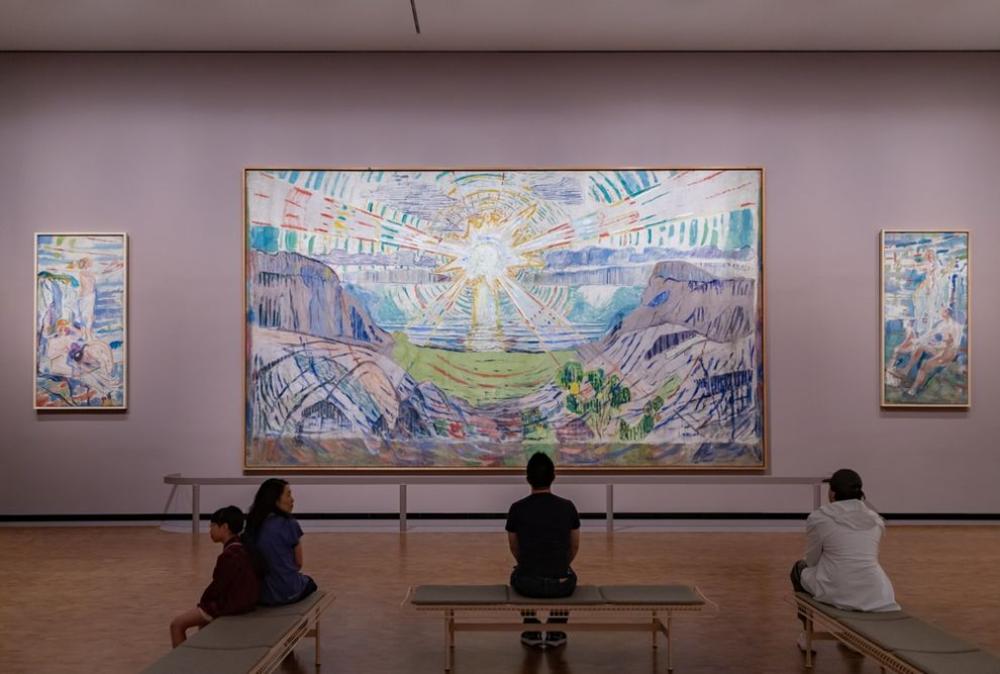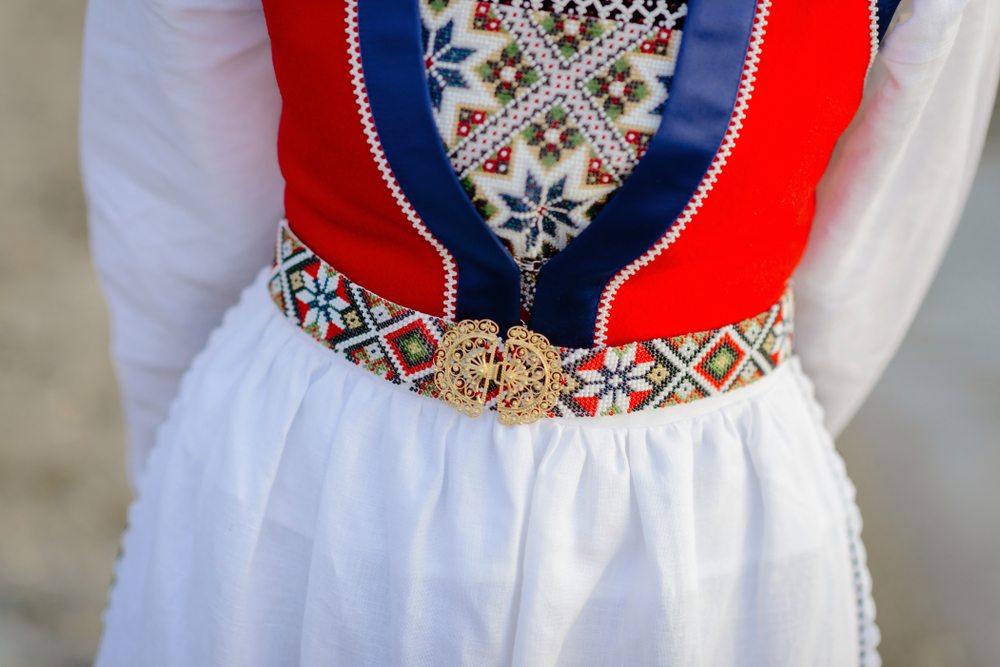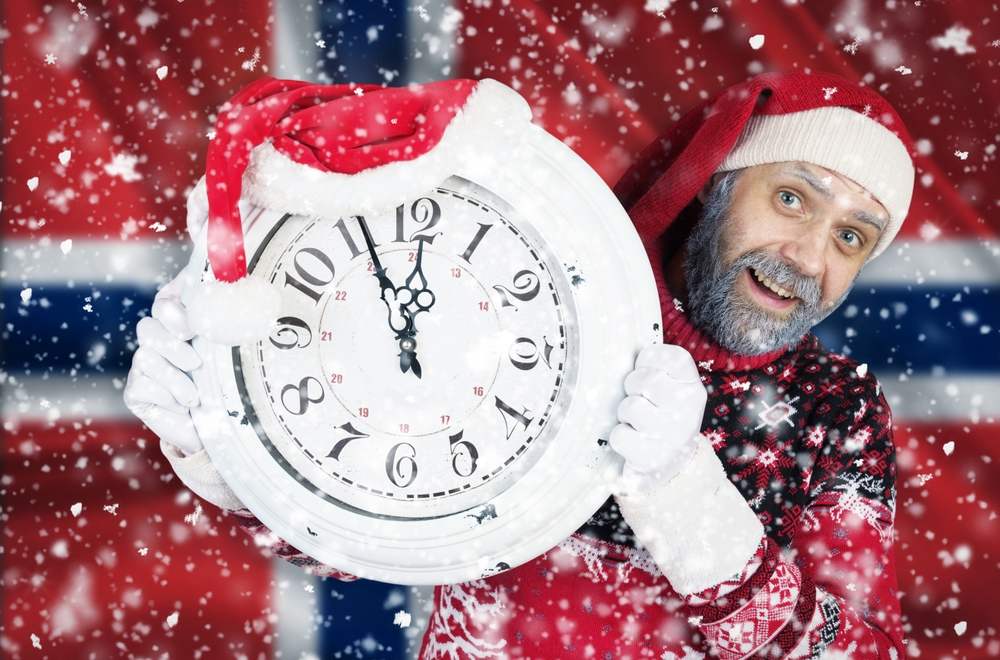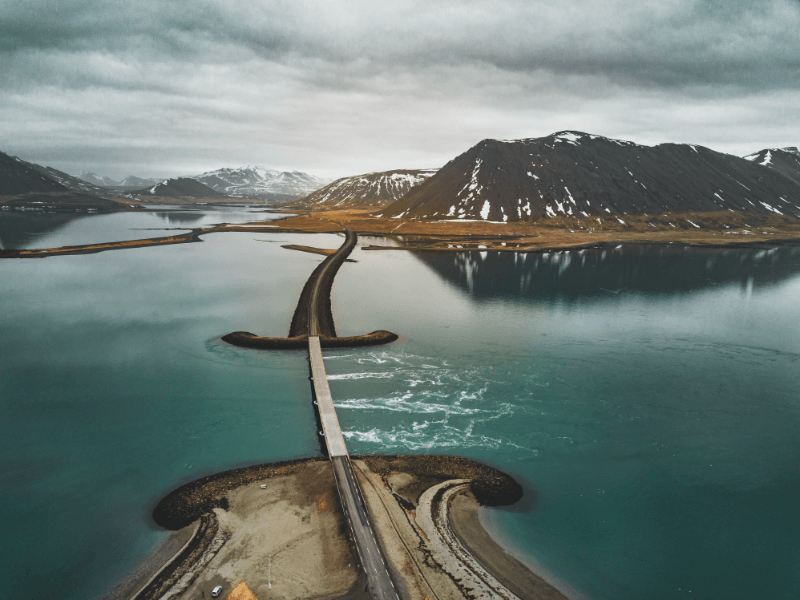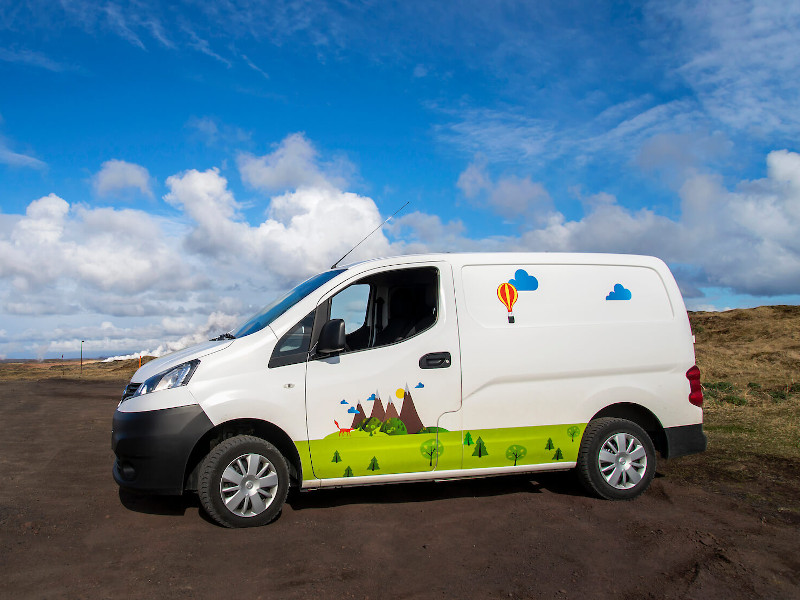I'm a professional tour guide expert in Viking culture in Norway, and I've had the pleasure of sharing my knowledge of this fascinating era with people from all over the world. I've learned a lot about the Vikings myself over the years, and I'm always eager to share new insights with my guests.
In this blog post, I'll give you a more detailed overview of Norwegian Viking history and culture. I'll also discuss some of the most important aspects of Viking life, such as their ships, their settlements, and their religious beliefs.
Who Were the Vikings?
First of all, who were the Vikings and where did they come from? Hailing from Scandinavian countries, including Norway, Sweden and Denmark, Vikings were warriors, seafarers and traders who colonized large areas of Europe. The Vikings had a wide variety of skills, being craftspeople, farmers and merchants, as well as highly skilled fighters.
During the Viking Age, which lasted from approximately 800 CE to 1050 CE, the Vikings colonized large parts of Europe. Reportedly, overcrowding at home and the temptation of conquering new lands led the Vikings to loot, raid and colonize other lands.
With hundreds of their unique and innovative sea vessels called longships, the Vikings were formidable during the height of their power, colonizing Normandy in France and Dubin in Ireland, as well as Iceland and Greenland. The British Isles, large swathes of Europe and parts of North America were also colonized by the Vikings, with Viking explorer Leif Erikson being the first European to set foot in America around the year 1000.

Viking history and culture in Norway
The Viking Age in Norway lasted from the late 8th century to the mid-11th century. During this time, the Vikings were a major force in European history. They were skilled warriors, sailors, and traders, and they traveled far and wide, exploring new lands and establishing settlements.
The Vikings had a profound impact on the cultures of the countries they visited. They brought new technologies, such as the longship, and new ideas, such as the concept of a single god. They also left behind a rich legacy of art, literature, and mythology.
In the year 793, the Viking Age began with the first known Viking raid: an attack on the famous Lindisfarne monastery on an island off the coast of northeastern England. This monastery was known at the time as a sanctuary of the Christian church, making the Viking raid particularly catastrophic for the locals.
Over the ensuing centuries, countless more raids took place, in which the Vikings pillaged and conquered many lands across Europe. Their courage, affinity for taking risks and resilience made the Vikings an almost unstoppable force during their ruling years.
Norway's rugged and fjord-filled landscape played a pivotal role in shaping Viking culture. With its extensive coastline and navigable waterways, Norway provided ideal conditions for maritime exploration and trade. The fjords, with their deep inlets, facilitated navigation and served as natural harbors for Viking longships.
Viking Society: Governance
Viking society was organized into chieftain-led clans, each vying for power and influence. The concept of a ‘Thing’, a community assembly where important decisions were made, played a crucial role in their governance. These decentralized political structures acted as forums for marriage alliances to take place, inheritance to be settled and conflicts to be resolved.
The Vikings and Religion: Norse Mythology
The Vikings’ belief system, rooted in Norse mythology, greatly influenced their way of life. The pantheon of gods and goddesses, including Odin, Thor, and Freya, played a significant role in shaping their cultural practices and rituals. Temples dedicated to these deities were scattered across Norway, reflecting the Vikings’ deep spiritual connection with the natural world.
A significant shift in religious beliefs occurred during the Viking Age, as Norse societies gradually embraced Christianity. The adoption of this new faith brought about cultural changes, altering the traditional Norse way of life. Missionaries, such as Olav Tryggvason, played a crucial role in converting the Vikings to Christianity, marking the end of the old pagan rituals.
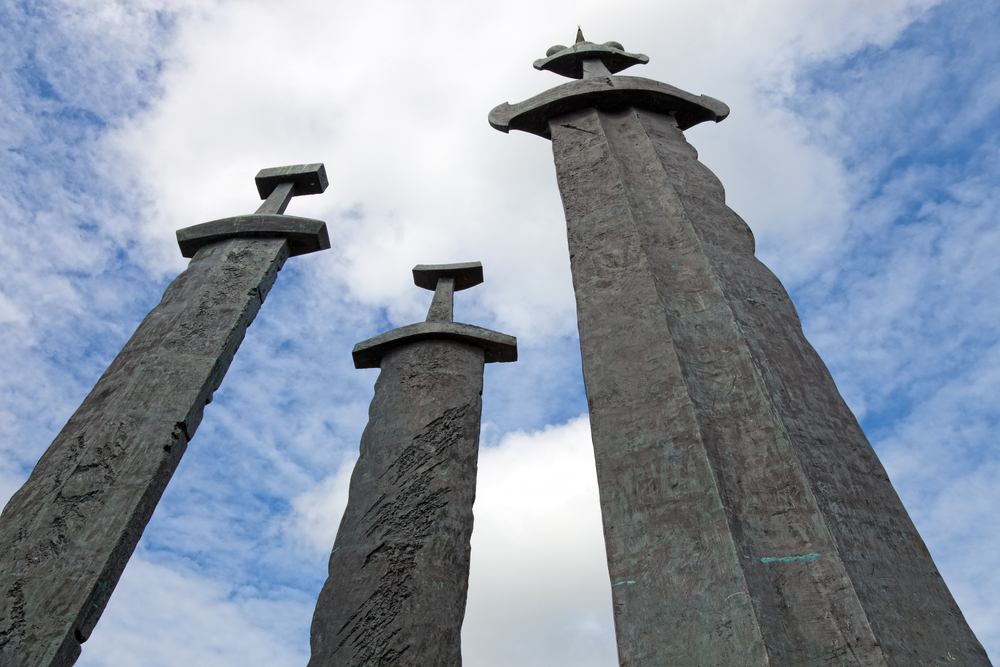
Tradesmen and Farmers
While raiding, pillaging and battling were all major parts of the Norwegian Viking history and legacy, some Vikings were actually peaceful tradesmen who undertook expeditions for the purpose of bartering and trading goods, while other Vikings made their living as farmers. Opening trade routes as far and wide as Newfoundland to the Volga River, the Vikings set up trade bases in Dublin, Ireland and York, England.
As for farming, a significant portion of the Viking’s lives was dedicated to agriculture and domestic pursuits. Norse society was primarily agrarian, with farmers tending to crops and livestock. The long, harsh winters necessitated careful planning and resource management, leading to a resilient and self-sufficient society.
Innovative Viking Longships
The Norwegian Vikings’ unparalleled maritime skills were exemplified by their longships, which allowed them to navigate open seas and shallow rivers alike, enabling swift raids and wide exploration. The dragon-headed prow, a distinctive feature of Viking longships, struck fear into the hearts of those who witnessed their approach.
The iconic Viking longship was a multipurpose vessel, designed to traverse the seas quickly and efficiently, both for plundering purposes and also for doing peaceful trade deals. As a prominent Viking symbol, the longship became a burial place for many significant Vikings, who were buried in the ships along with their important possessions.
A long, narrow hull on a keel allowed the longship to remain steady and navigate safely through shallow waters. With its double-ended design, the Viking longship was able to reverse direction without the need to turn around, which helped the Vikings get out of any dangerous situations, especially with the nearby waters being full of icebergs.
By constructing their ships using overlapping oak planks covered by tar and animal hair, the Vikings made their longships light enough to carry and travel across the seas at speed, using oars which were placed all down the length of the ship. The innovative Viking longship design actually influenced shipbuilding across many cultures for centuries to come, with updated models building on the iconic design by adding sails.
Female Power During Viking Times
While society was by no means equal, you might be surprised to learn that women were supposedly in a stronger position in Viking society than in most other parts of Europe during the Viking Age. Women were respected as the head of the farm when their husband was away, they would inherit their spouse’s estate and belongings if he passed away and they usually had the right to divorce, as well as partial legal protection against sexual harassment.
Viking colonisation
The Vikings were not just raiders and warriors. They were also skilled farmers and traders. In the 9th century, they began to colonize new lands, including Iceland, Greenland, and even North America. These colonies helped to spread Viking culture and influence to new parts of the world.
Peaceful tradesmen and mead drinkers
The Vikings are often portrayed as bloodthirsty warriors, but this is not entirely accurate. They were also peaceful traders and farmers. They were known for their love of mead, a honey-based alcoholic drink. Mead was an important part of Viking culture, and it was often used in religious ceremonies.
The end of the Viking Age in Norway
The Viking Age in Norway came to an end in the mid-11th century. This was due to a number of factors, including the Christianization of Norway, the rise of the Norwegian monarchy, and the increasing competition from other European powers.
Viking ships
The Vikings were renowned for their longships, which were some of the most advanced ships of their time. Longships were fast, maneuverable, and seaworthy. They were ideal for long-distance voyages, and they played a key role in the Viking colonization of new lands.
Innovative ship design
The Viking longship was a highly innovative piece of ship design. It was made of wood, and it was powered by a single sail. The longship was also equipped with a ram, which was used to attack other ships.
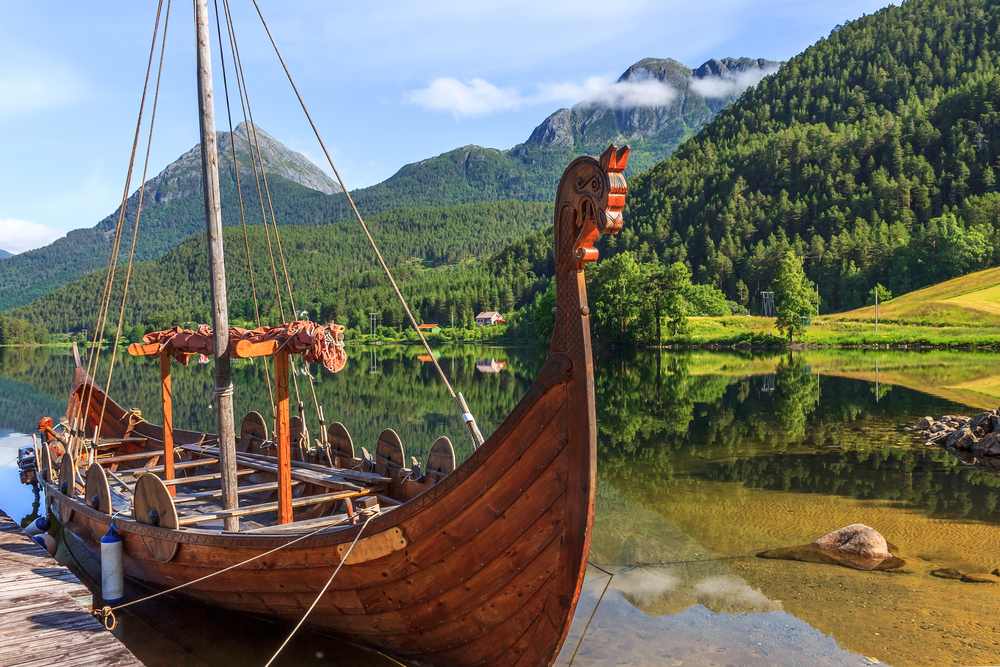
Who Were the Major Norwegian Viking Kings?
Here’s a rundown of the major Norwegian Viking kings so you can learn more about these rulers of the Viking Age:
- Harald Fairhair (850–932) – As the first King of Norway, Harald Fairhair reigned from 872 to 930. Regarded as the father of the Norwegian nation, Fairhair is credited as the man who unified Norway into one kingdom during the 12th and 13th centuries.
- Erik Bloodaxe (885–954) – King of Norway from 933 to 935, Erik Bloodaxe is said to be so-named due to his participation in the Viking raids as early as age 12. Among raiding Scotland and ruling Northumbria, Erik was reportedly the favorite of Harald Fairhair’s 20 sons.
- Haakon the Good (918–961) – As King of Norway from 934 to 961, Haakon the Good attempted to introduce Christianity to Norway and succeeded in uniting larger areas of England than Erik Bloodaxe.
- Olav Tryggvason (963–1000) – King of Norway from 995 to 1000, Olav Tryggvason converted a significant portion of his kingdom to Christianity and built the first Christian church in Norway in 995, as well as founding the city of Trondheim in 997.
- Olav II of Norway, later St. Olav (993–1030) – Olaf Haraldsson was King of Norway from 1015 to 1028, during which time he successfully aided the spread of Christianity across more of Norway. Norway’s official patron saint, he became recognized as a saint in the Catholic Church following his death in the Battle of Stiklestad in July 1030.
- Magnus the Good (1024–1047) – Magnus the Good was King of Norway from 1035 to 1047, then King of Denmark from 1042 until his death in 1047. Under his reign, the brutality that was rampant throughout the kingdom began to decrease.
- Harald Hardrada (1015–1066) – King of Norway from 1046 to 1066, Harald Hardrada fought in the Battle of Stiklestad when he was 15 years old and eventually died in an attempted attack on England, the Battle of Stamford Bridge, which was the battle that put an end to the Viking Age.
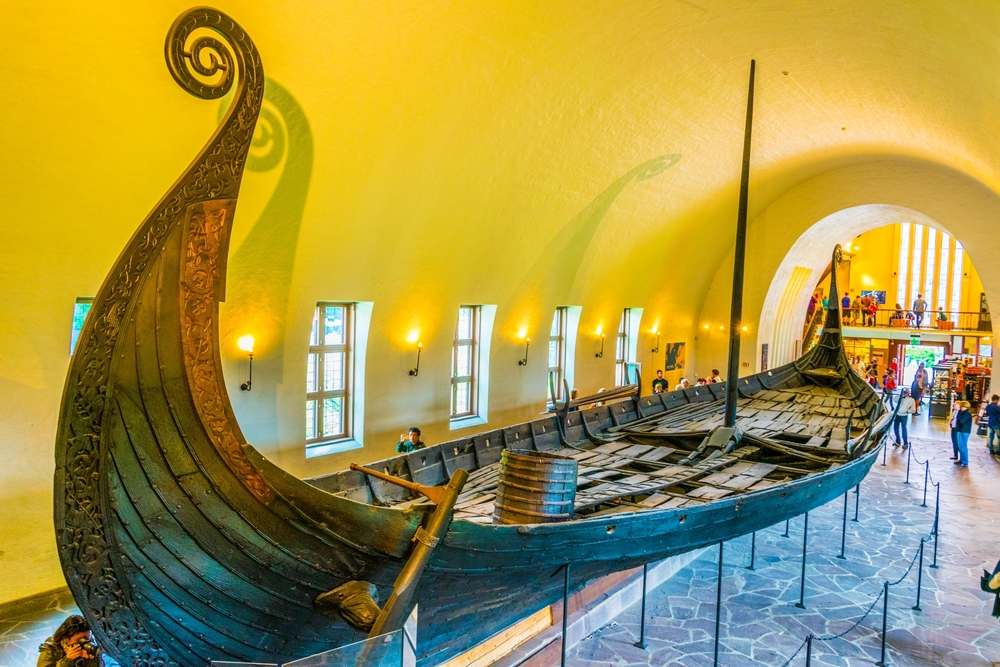
The End of the Viking Age
If you’re wondering ‘are there still Vikings?’ or ‘do Vikings still exist?’, the answer is no. The Viking Age ended at the Battle of Stamford Bridge in 1066, although the influence of the Vikings still lives on across Europe, particularly in the Scandinavian nations.
The era of the Vikings came to an end partly due to issues within Viking society and partly due to the Viking’s enemies becoming better at defending themselves and their territory.
As the Viking Age progressed, internal conflicts and power struggles began to weaken the unity of Norse societies. The decentralization that once served them well in times of external threats now led to internal strife. Chieftains vied for supremacy and the lack of a centralized authority made it challenging to maintain stability.
Discover Viking Heritage For Yourself: Historical Viking Sites to Visit in Norway
With so many Viking historical sites in Norway, including villages and battlegrounds, plus high-tech museum exhibitions diving into Viking traditions and the history of these seafaring warriors, you’ll be spoilt for choice when choosing where to visit. If you want to enjoy your own Viking vacation in Norway, soaking in all the history of the Norwegian Vikings, here are some of the many places you can do just that:
- The Viking Planet – All of Norway’s Viking history is at your fingertips at this immersive Viking museum in Oslo city center. Viking Planet is the first digital Viking museum in the world, offering visitors the chance to discover the history of Norway’s Vikings via high-tech film productions and virtual technology.
- Museum of the Viking Age (previously The Viking Ship Museum) – As the world’s leading Viking museum and most popular Viking museum to visit in Norway, this amazing museum is home to three of the world’s best-preserved ships from the Viking Age. This museum is temporarily closed, but will open again in 2027.
- Midgard Viking Centre – Located in Vestfold in Eastern Norway, Midgard Viking Centre is home to a magnificent reconstruction of a Viking guildhall, as well as a recently-found Viking ship burial and many other exhibits that you can explore on a Norway Viking tour with one of the expert guides.
- Slottsfjell Museum – This cultural heritage site in Tonsberg is home to Norway’s fourth best-preserved Viking longship and there’s even a replica Viking ship built by the Oseberg Viking Heritage Foundation in Tonsberg harbor that you can visit and maybe even sail on.
- Kaupang Viking town – Situated in Larvik in East Norway and founded around the year 900, Kaupang was a major hub for trade and production. As Norway’s first urban settlement during the Viking Age, Kaupang is well-worth a visit for anyone wanting to experience the modern day Viking legacy.
- Viking Museum Sagastad – If you’re wondering ‘where can you go to see restored Viking ships today?’, at Sagastad, visitors can actually explore the 30-meter long Myklebust ship, which was one of the Viking’s longest ships. Here, you can also learn about the region’s Viking history through engaging interactive exhibits.
- Viking House – Viking House in Stavanger offers an incredible glimpse into Viking history in Norway through a VR experience that allows you to climb aboard a virtual Viking longship and learn about Viking culture through the great historical sagas.
- Avaldsnes – One of the most important historical places in Norway, the village of Avaldsnes in Western Norway is the place where the first King of Norway had one of his seats during the golden age of the Vikings. A hotspot for Norway Vikings history and traditions, Avaldsnes is a destination not to be missed.
- Viking village in Gudvangen – The living Viking village in Gudvangen, Viking Valley, is a living cultural heritage site telling the story of Viking history, culture and traditions. An amazing place to visit to get an authentic taste of what Viking life was really like, it’s no wonder that Viking Valley is a consistently popular destination for visitors from all over the world.
- Stiklestad National Culture Centre – Located at one of the most important Viking sites in Norway, Stiklestad National Culture Centre is home to the largest outdoor battle play in Norway, attracting around 20,000 visitors every year to the site of the famous Battle of Stiklestad, where King Olav Haraldsson fell in 1030.
- Lofotr Viking Museum – At the living Lofotr Viking Museum in the beautiful Lofoten islands, visitors can travel back 1000 years ago to walk in the footsteps of the Vikings by taking part in a Viking feast, having a go at shooting a bow and arrow, visiting the world’s longest reconstructed longhouse and many more fun activities.
- Viking Festival in Borg – Each year in August, a five-day Viking festival is held in Borg, with theater performances, markets, competitions and other fun events to get involved with. This is the place to be to experience Viking culture in real-time.
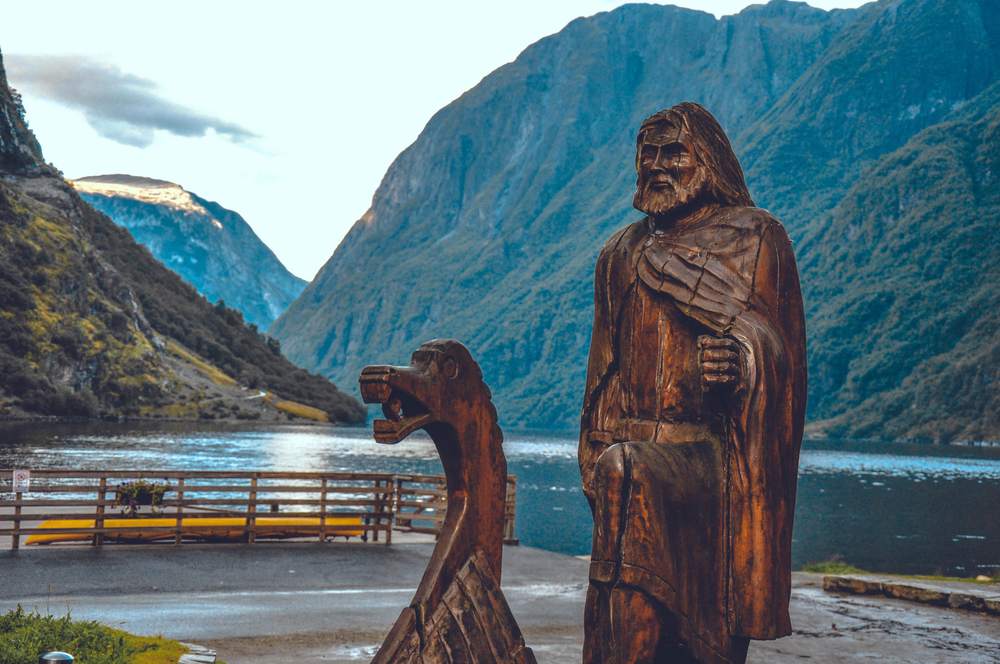
Go on a Viking tour
If you're interested in learning more about Viking culture in Norway, I highly recommend taking a Viking tour. This is a great way to see some of the most important Viking sites in Norway, and it's also a great way to learn about Viking history and culture.
I hope this blog post has given you a more detailed overview of Norwegian Viking history and culture. If you have any questions, please feel free to contact me. I'd be happy to answer them.
Viking society
Viking society was divided into three main classes: freemen, thralls, and slaves. Freemen were the highest class, and they made up the majority of the population. They were farmers, traders, warriors, and craftsmen.
Thralls were the lowest class, and they were considered property. They were often captured in battle or born into slavery. Slaves were slightly higher than thralls, and they could earn their freedom by working hard.
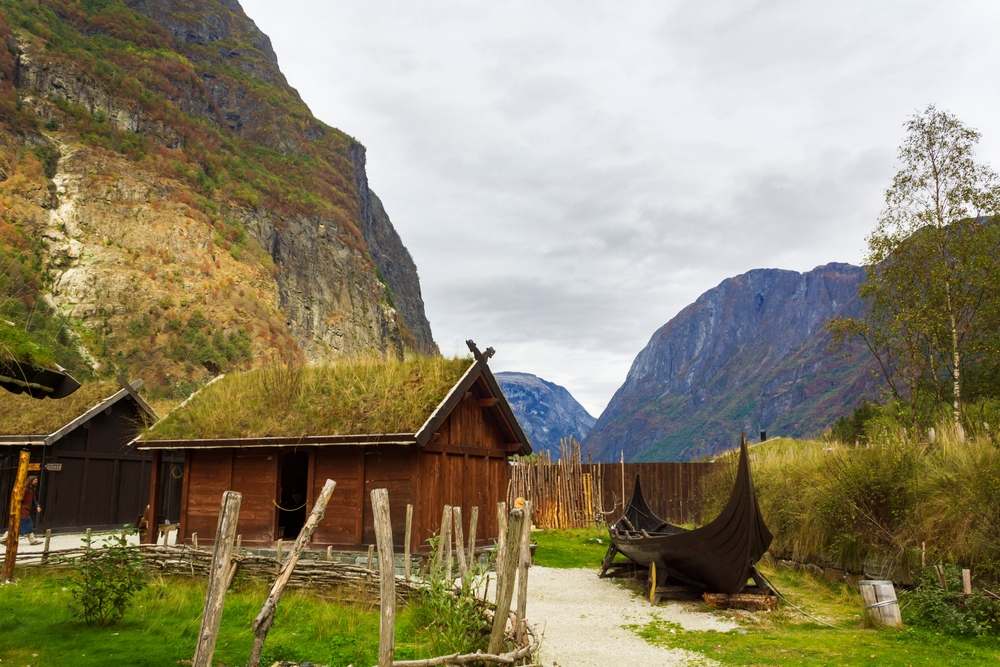
Exploring viking heritage in Norway
The Vikings were a fascinating and adventurous people who left a lasting legacy on the world. Their ships, their technology, and their culture had a profound impact on the development of Europe. They also helped to spread Christianity to new lands.
Today, the Vikings are still remembered as a fascinating and adventurous people. Their history and culture continue to fascinate people all over the world.
If you are interested in learning more about Norwegian Viking history and culture, there are many resources available. You can visit museums, historical sites, and Viking festivals. You can also take a Viking tour or rent a campervan in Norway and you will give you a chance to see some of the most important Viking sites in Norway.


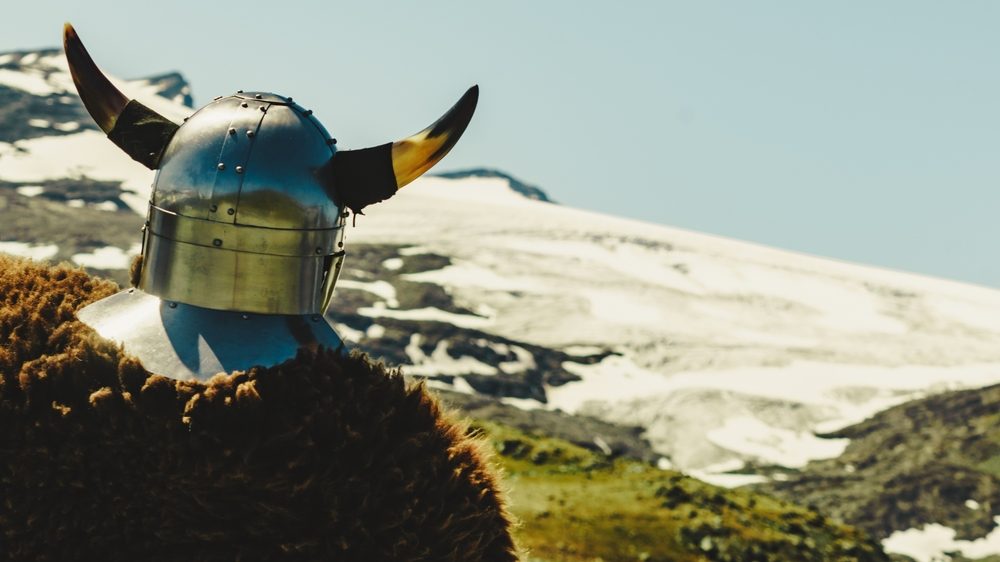
 By
By 

